A Visual Expedition Into DPM Variants
This is a journey into the many different variants of the Disruptive Pattern Material, also known as DPM.
I am only showing patterns I have in my collection. There are many many more.
First, a basic introduction. (Yes, a lot of this info is directly from Camopedia. It’s one of the main sources of info on the internet and you should check it out!)
Introduced by the British Ministry of Defense in the late 1960s, DPM is one of the most widely copied patterns in the world. Many countries have their own variations of the standard British woodland and desert patterns, usually made in China using the standard US BDU cut. Some countries have more interesting colorways running from red and orange to blue and purple. Many more have worn the pattern at one time or another, either due to their connection with the UK or simply because it’s such an effective pattern.
Let’s start at the beginning. In 1966 the British Ministry of Defense introduced Pattern 1960 DPM. It is difficult to classify early British DPM designs because so many different versions have been produced, yet only the type of uniform has ever received an official classification. It is very difficult to tell different “patterns” of Brit DPM just by the fabric itself. You pretty much have to go by the uniform cut.
The photo below is Pattern 68 in an earlier version of DPM. Notice how the colors bleed into each other at the edges, not all variations have this, it’s similar to the earlier Pattern 60. This is the type of uniform work in the Falklands War during 1982.
Next up is Pattern 1984. Issued in 1985 due to lessons learned during the war, it would remain standard issue for the next decade. Notice how in this example the pattern and colors remain the same, but printed with sharper edges.
The short lived Pattern 94. It’s a darker green than it’s predecessors, and some may say it’s denser. Again, the main difference is the cut. Larger buttons. Added zipped pockets. Velcro cuffs.
Only 2 years later, comes Soldier 95. It stayed in use until it was replaced by MTP. Only difference is the cut. It is also the first to come in ripstop.
Now for Desert. I won’t go on too much about it since the pattern itself is basically identical in all but the experimental 4 color version.
There is also a “tropical” version. I don’t have one but it’s very similar to the New Zealand pattern. So I’ll start there. It’s much more yellow and the brown has a red tint to it.
New Zealand also has a Desert pattern. It is a direct copy.
This is Canadian DPM. It’s not quite a straight copy of the British pattern. It has an inverse ratio of green to brown compared to the British version. It was only issued to Paratroopers in the 70’s and 80’s.
Now for the Dutch! The woodland is much more tan and subdued.
In 2002, Romania adopted two versions known as the M2002 pattern. They are identical copies of British DPM.
Now for the really fun stuff.
This is a four-color desert DPM pattern worn by the Omani Royal Air Force. This design incorporates a bright mustard yellow color.
This is a unique black, white, and gray DPM worn by the Oman Ministry of the Interior.
Probably the most well known of the Omani DPM’s, this pattern is a reddish-brown or orange variant and has been in service since the 1980s. It is the standard camouflage pattern of the Royal Army of Oman.
This variant is worn by some Omani Navy personnel. It is not clear which ones.
During the 1980s, the Swaziland King’s Bodyguard were issued a brilliant-colored blue/purple DPM pattern camouflage uniform for ceremonial appearances.
In Indonesia, Civilian Organizations and Political Parties have a habit of having their own camo for some reason. Usually in crazy colors. This one is from Partai Golongan Karya (PGK) faction.
Staying in Indonesia, This is an unknown DPM. I assume it is another organization like the last one. I have been told it could also be a commercial pattern imported in the 90’s.
Heading back to the middle east again we have a modified variation from Saudi Arabia. It has unique shapes not normally found in standard DPM patterns. Was worn by units of the Saudi National Security Council. It has since been phased out for a digital camo.
This is another modified DPM. Same idea but again with unique shapes. Possibly from Kuwait, but I have not been able to verify. It could also be from Saudi Arabia.
Here we have a number of blue DPM’s featuring dark shades of blue and purple. A number of countries use these patterns including Qatar, UAE, Kuwait, and Yemen. I haven’t been able to determine for sure what is what as of yet. But I do have educated guesses!
I believe this one is Yemeni. Used by their Police forces.
Probably Qatari. Used by the Internal Security Force. Which is a special operations unit tasked with counter-terrorism, VIP protection, riot control, anti-smuggling operations and general stability of the nation.
I am almost certain this one is Kuwaiti. Used by the Academy of Saad Al-Abdullah for Security Sciences, they are responsible for training recruits for the Kuwaiti Police.
Here is the one worn by Kuwaiti police.
Here is the standard camouflage pattern of the Qatari Armed Forces has had since the late 1980s. There are many variations in this by itself.
For the last type, we’re heading back to good old Europe. Bulgaria has worn its own version of DPM since it became a member of NATO in 2003. It’s not a copy of DPM, but a re-imagining. There are 3 versions, Woodland, Desert, And Urban.
Even the Finnish Hunting industry has used it.
This has just barely scratched the surface of DPM variants worn around the world. But it’s all I have to show right now. I hope you enjoyed learning about DPM. Up next will be Flecktarn variants. Not quite as long a list but still very interesting.
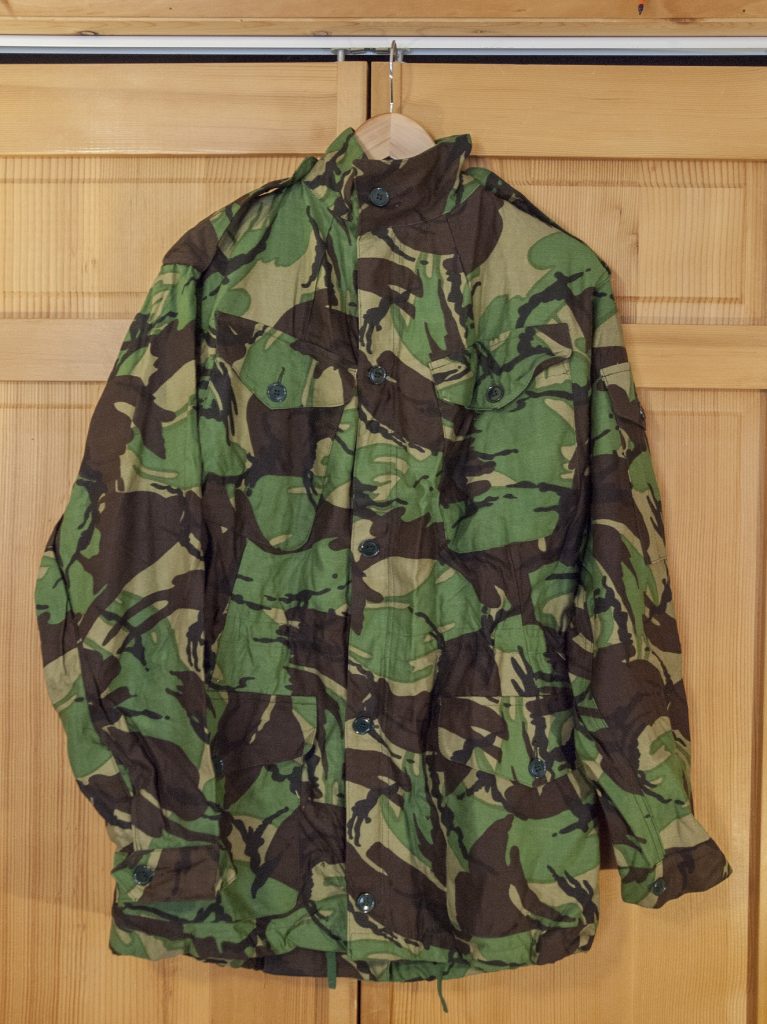
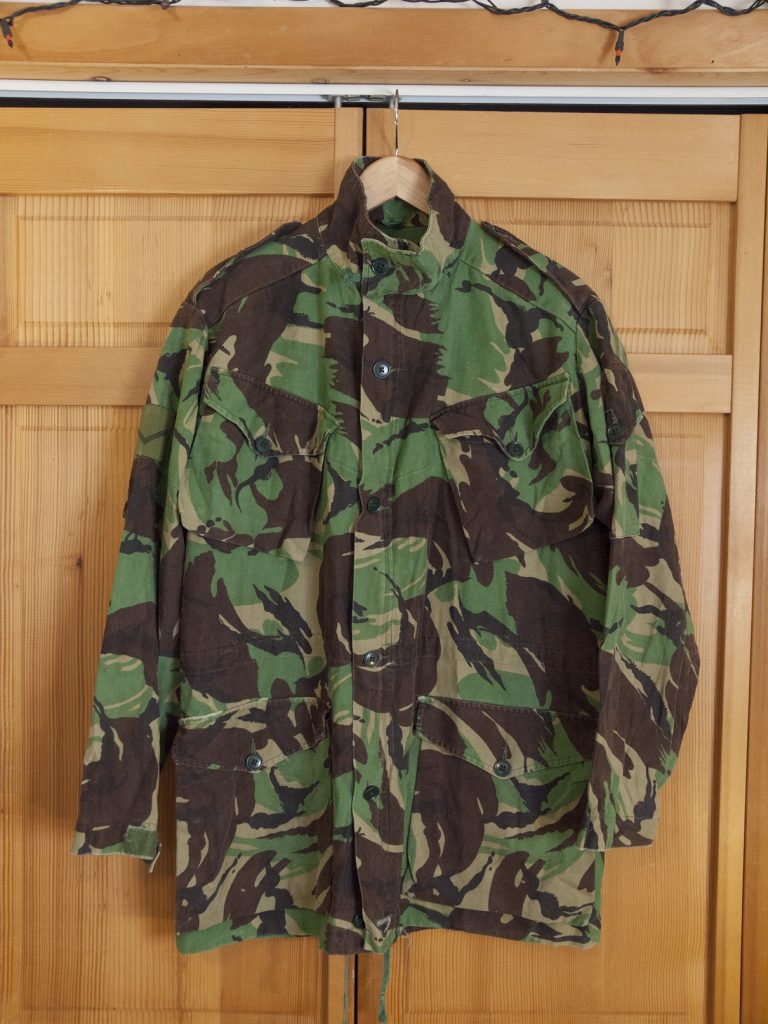
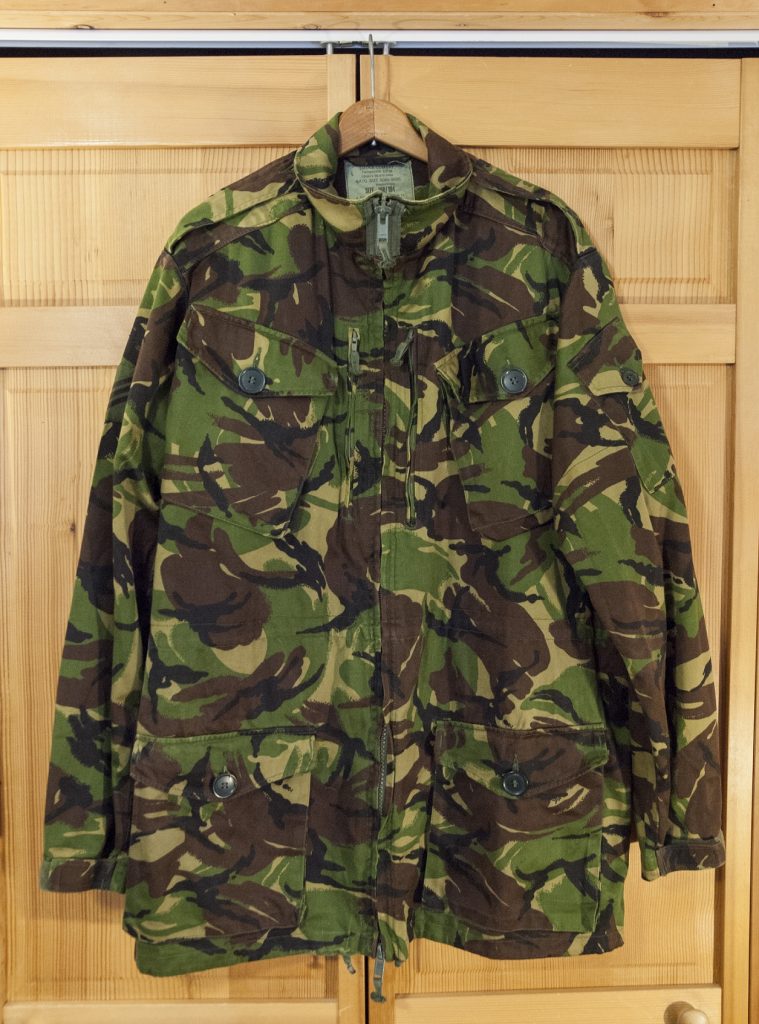



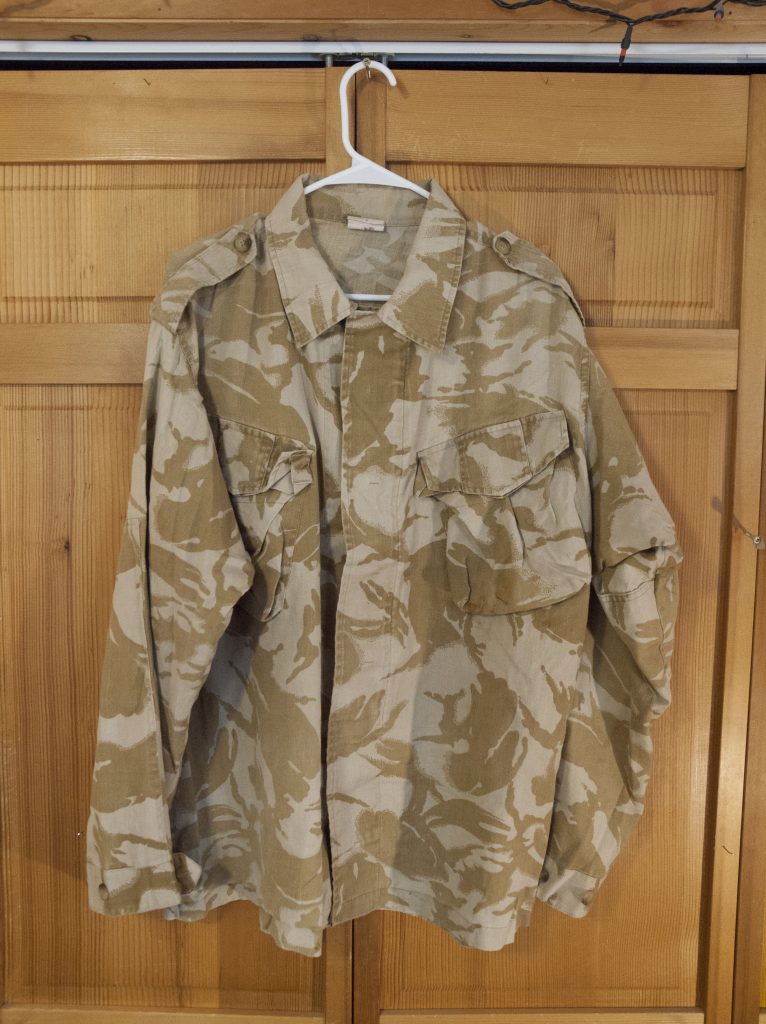
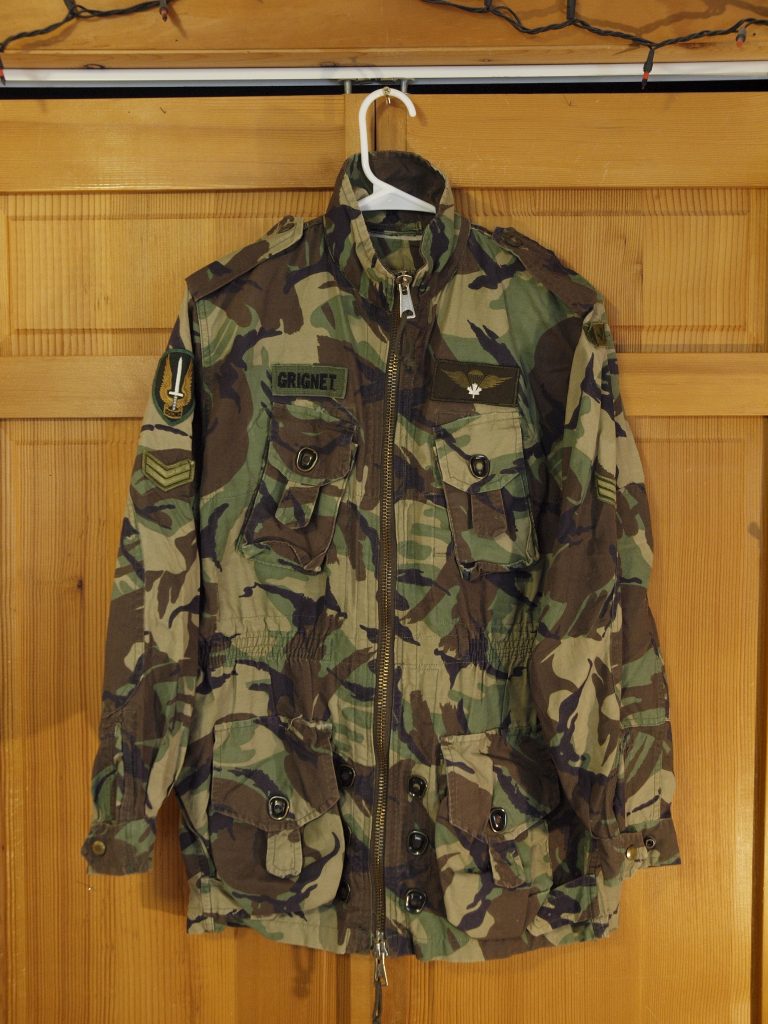
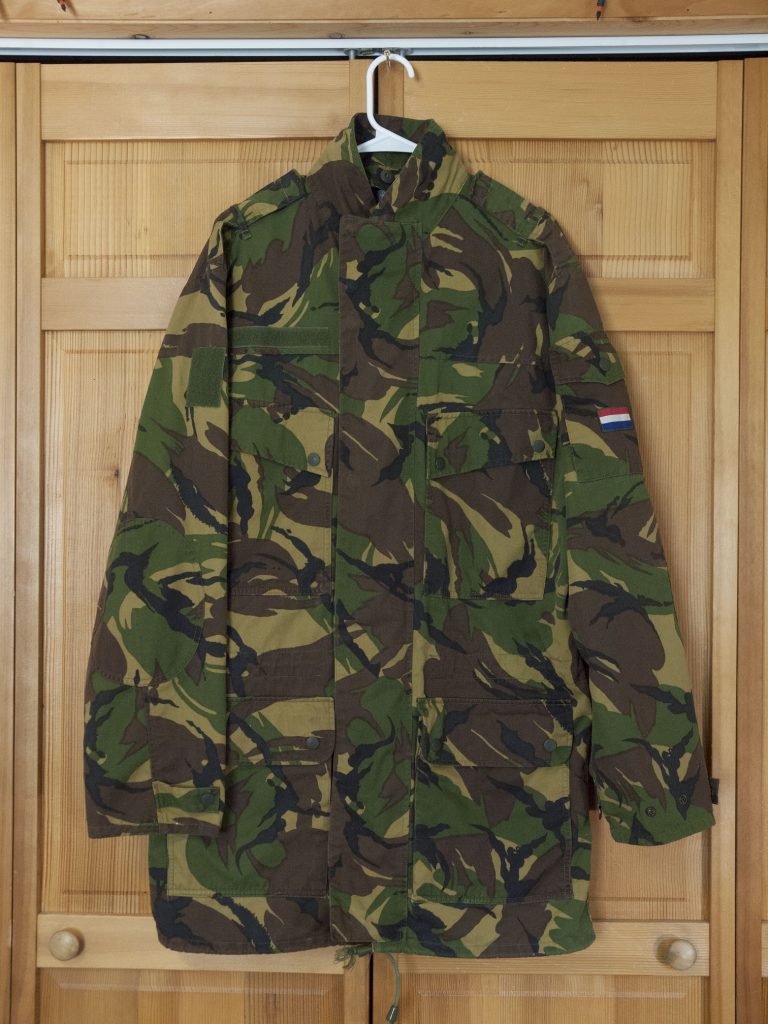
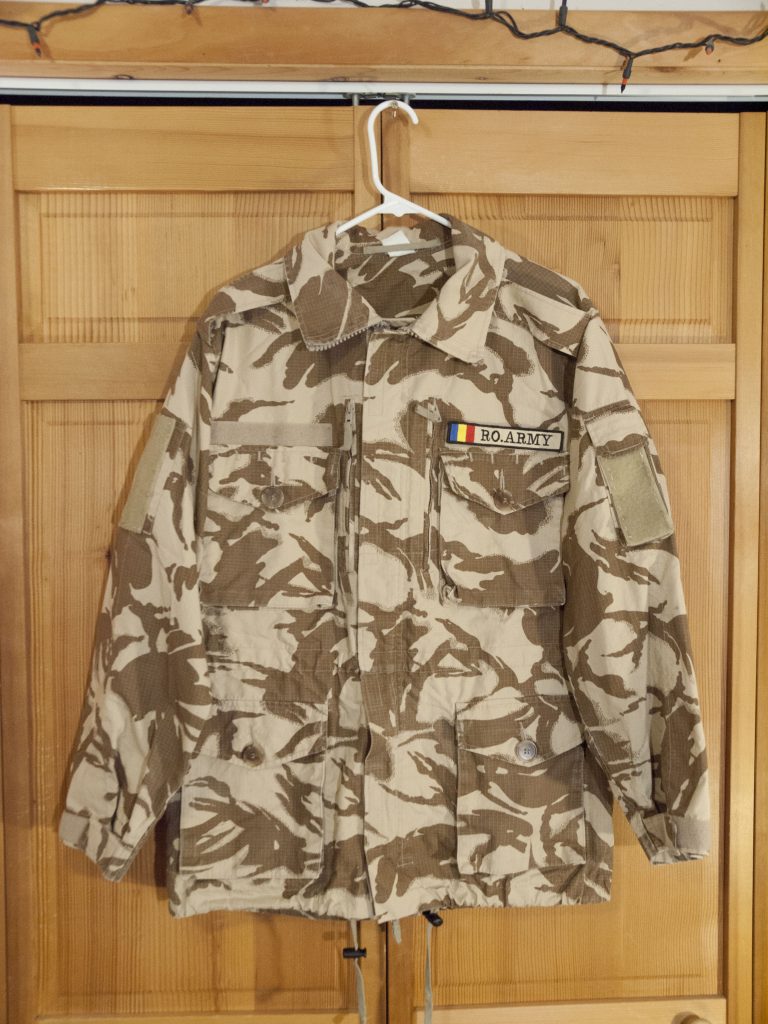
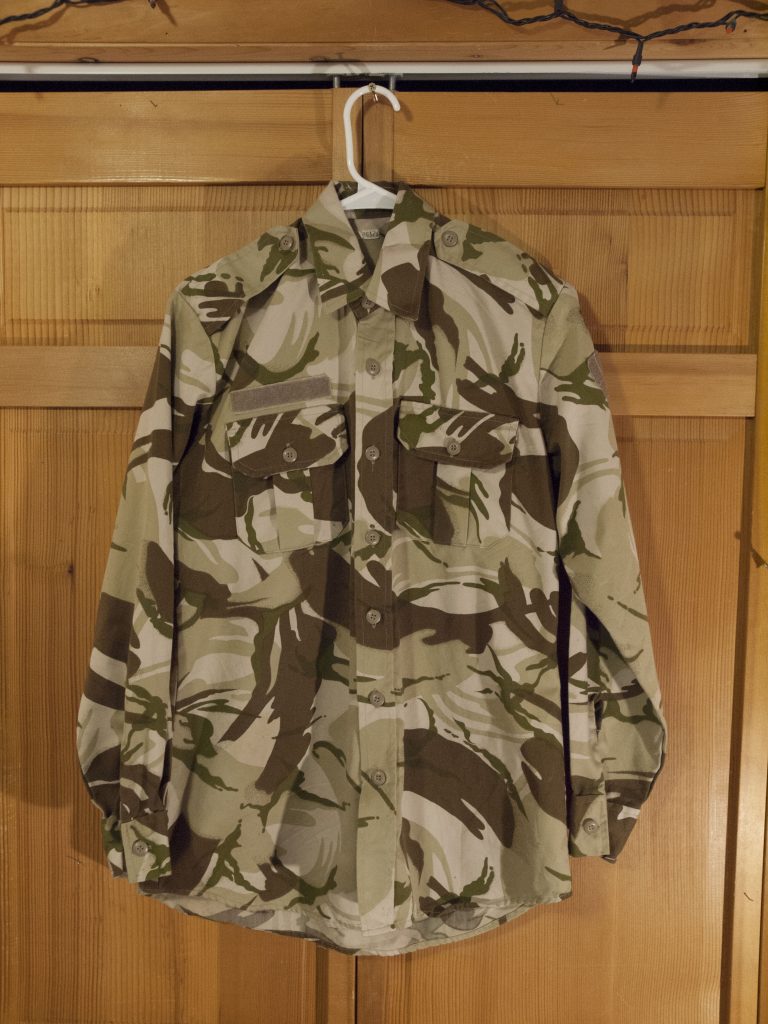



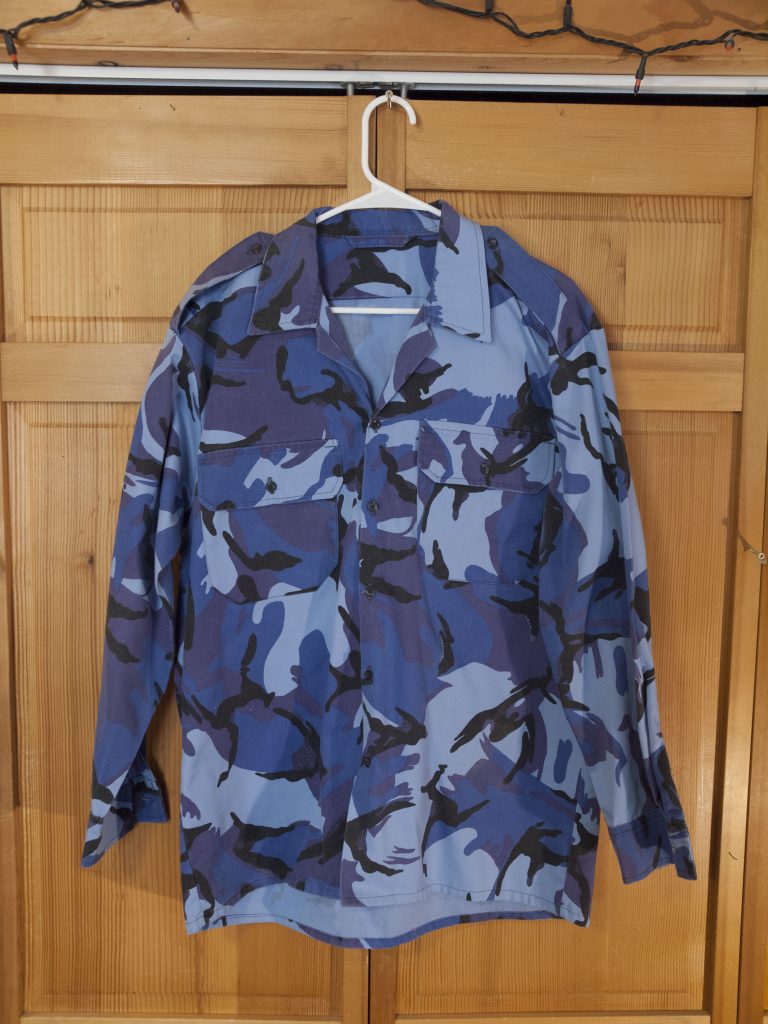
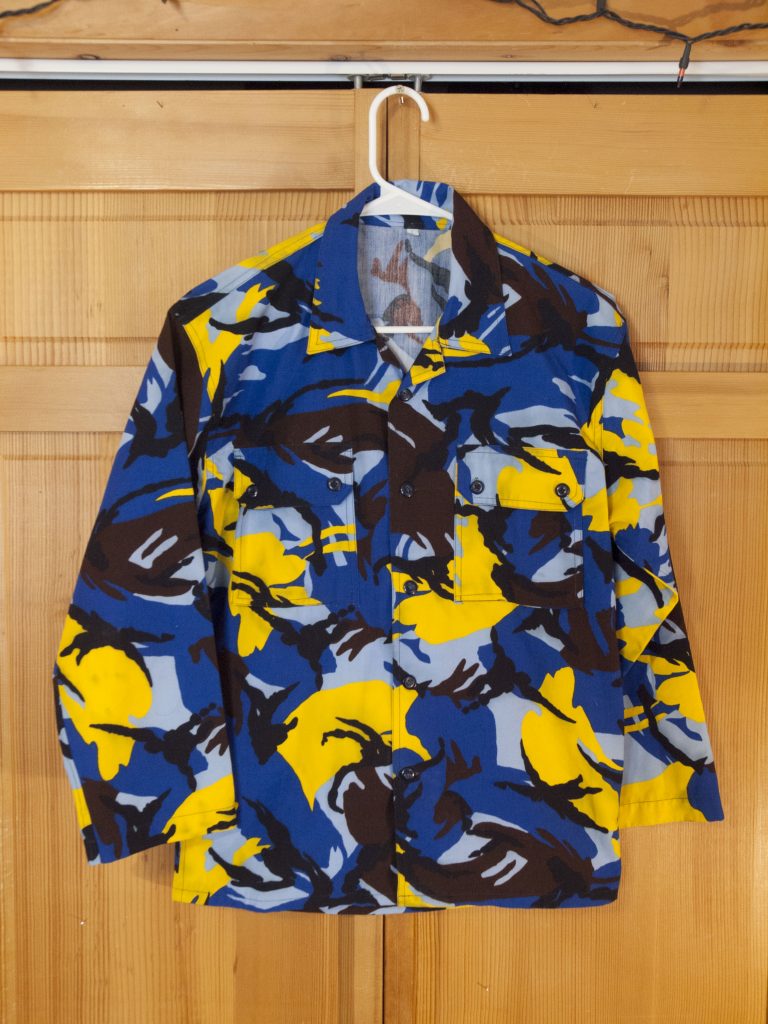
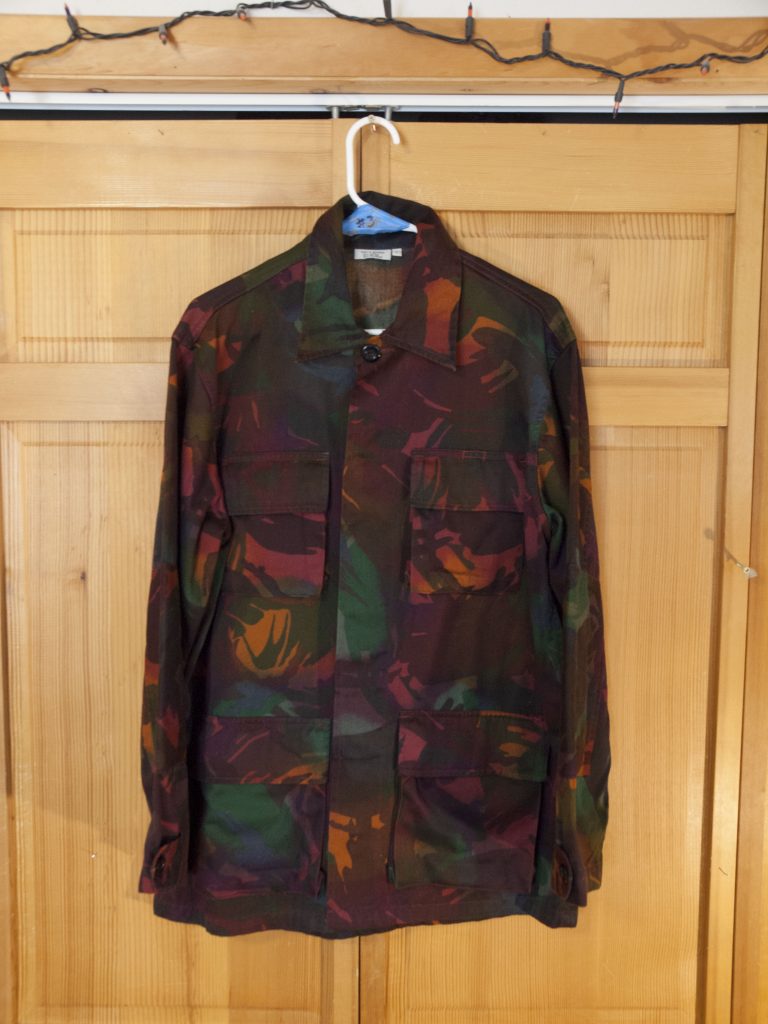

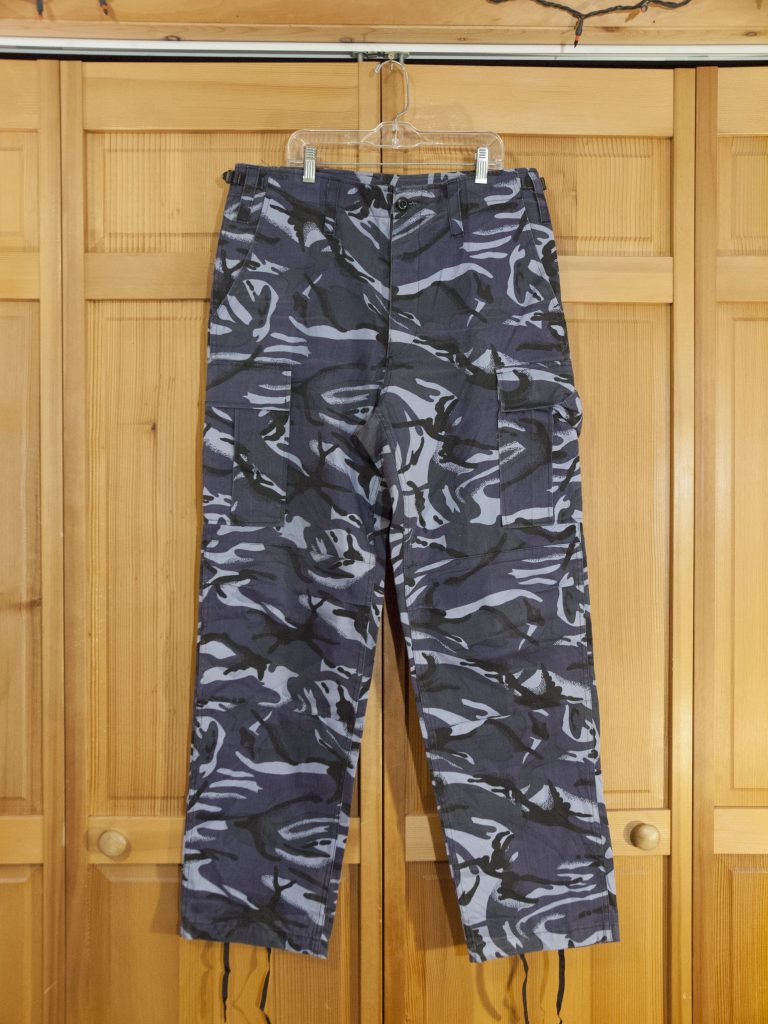
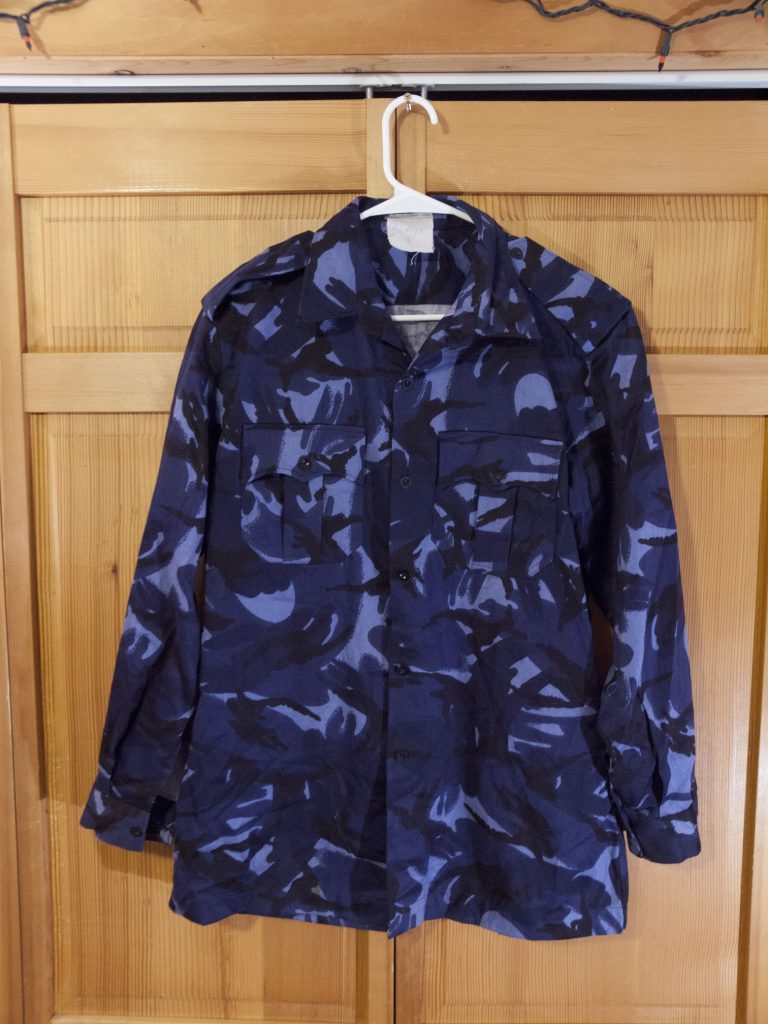


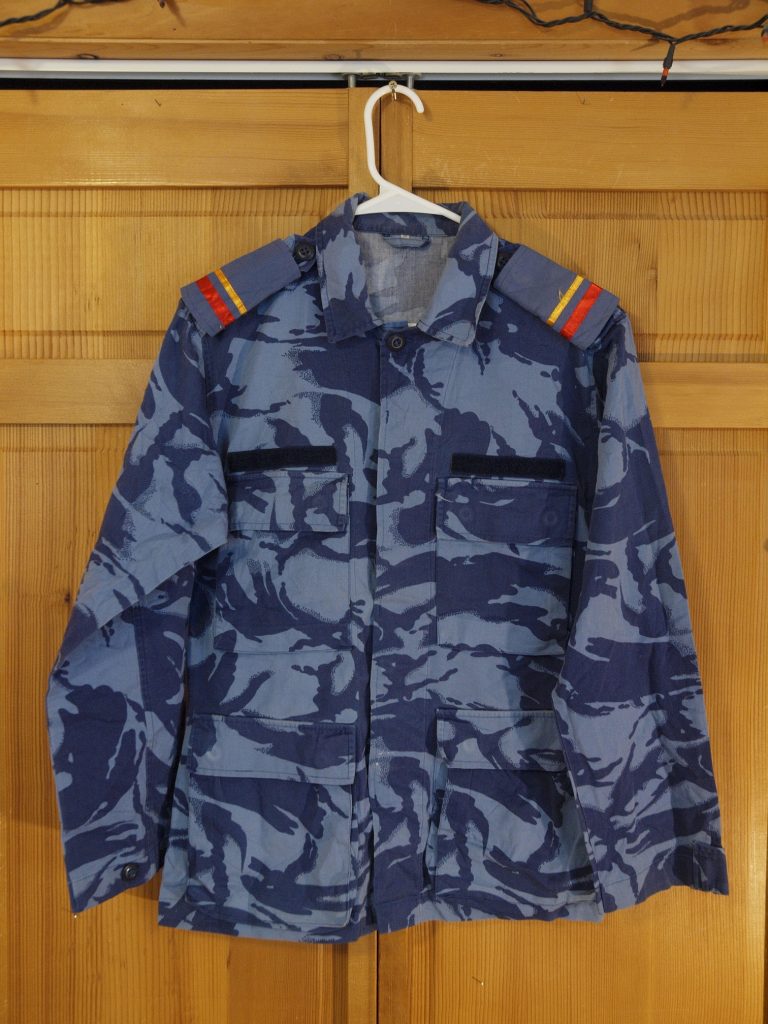
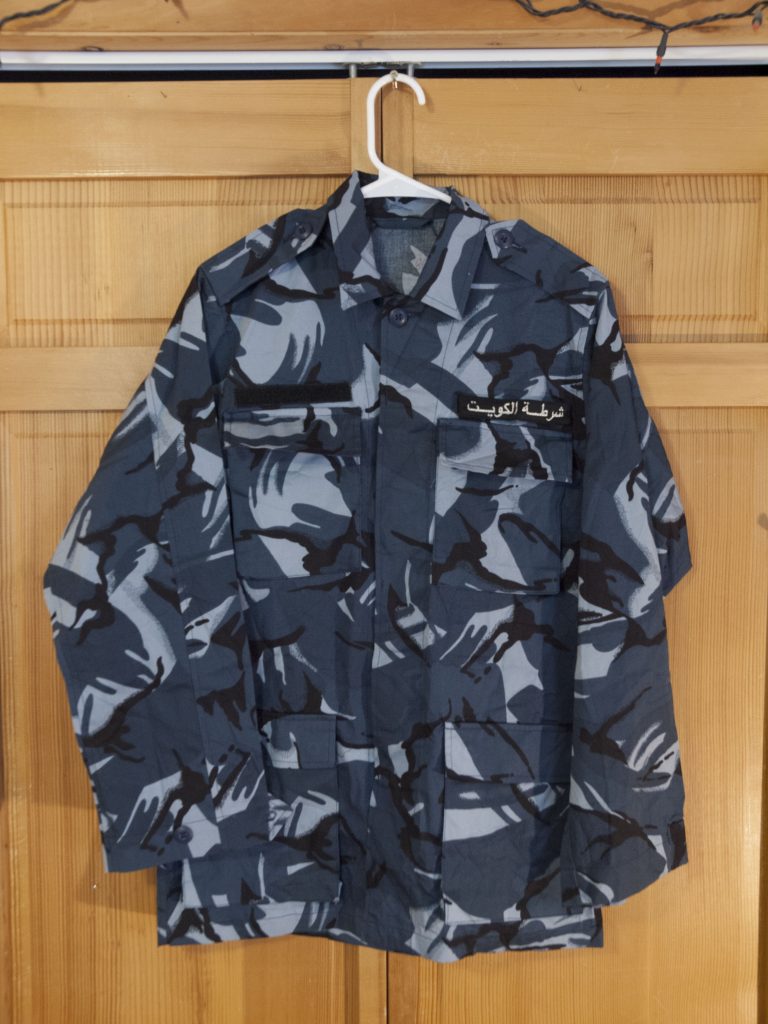
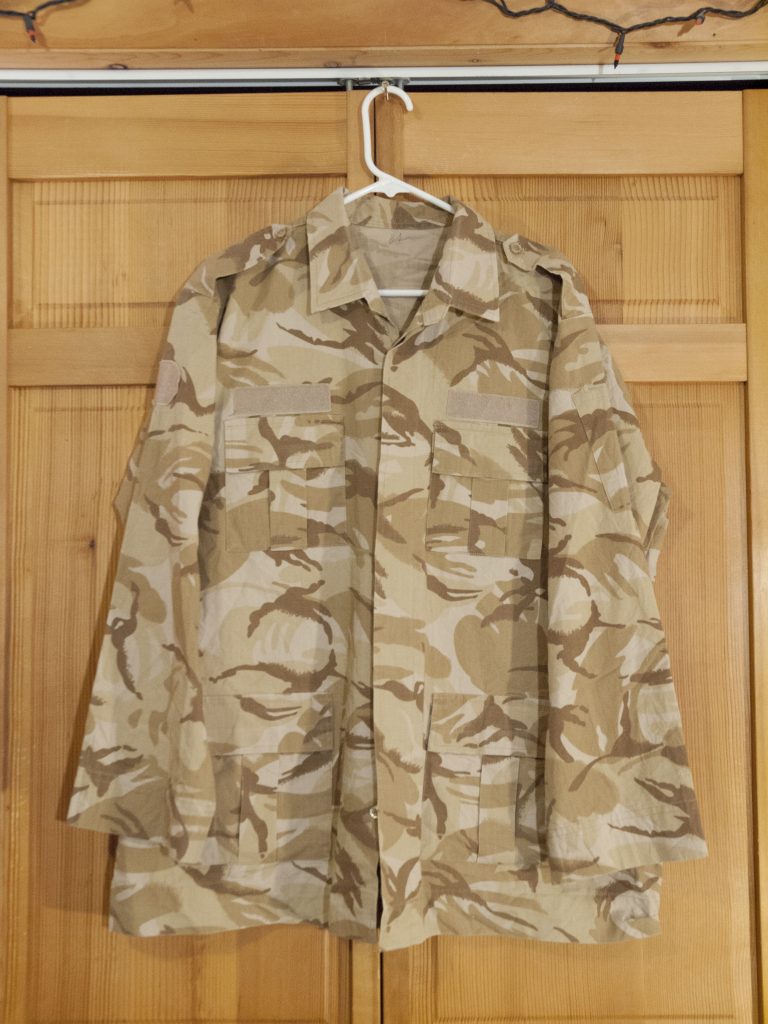
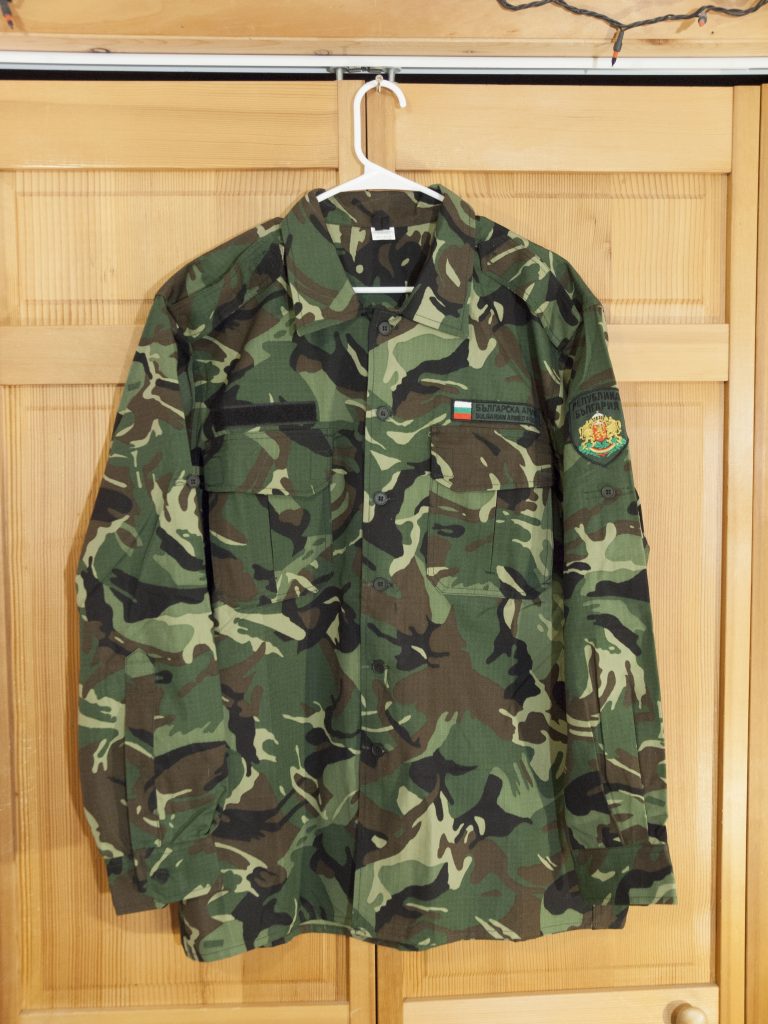
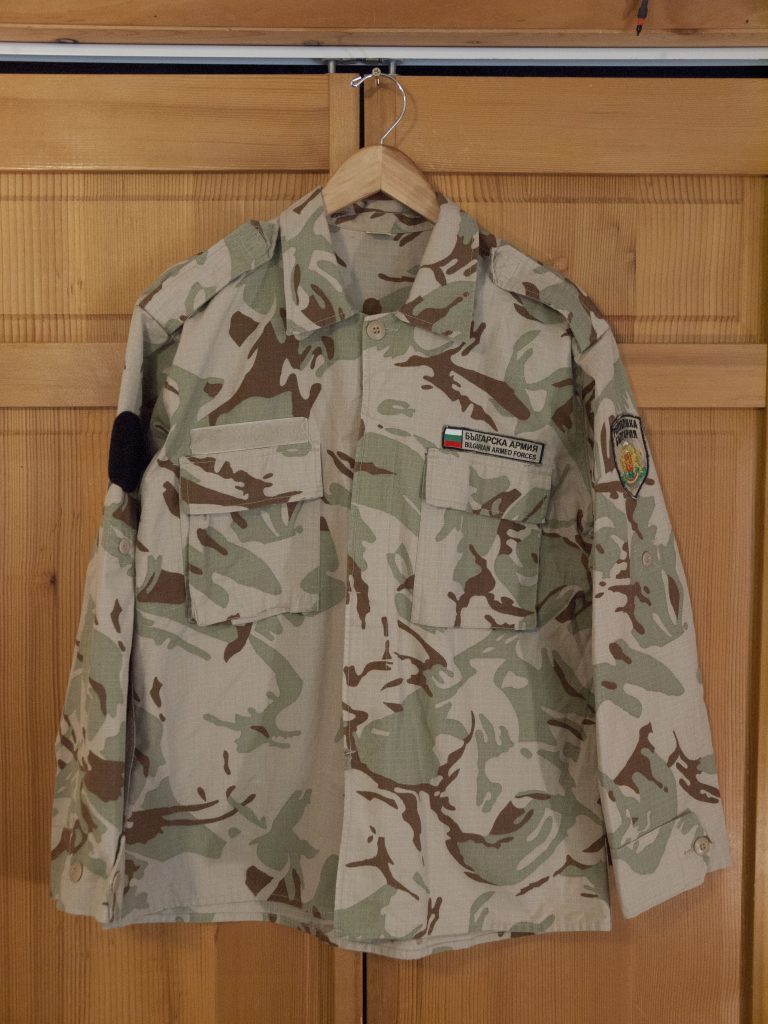
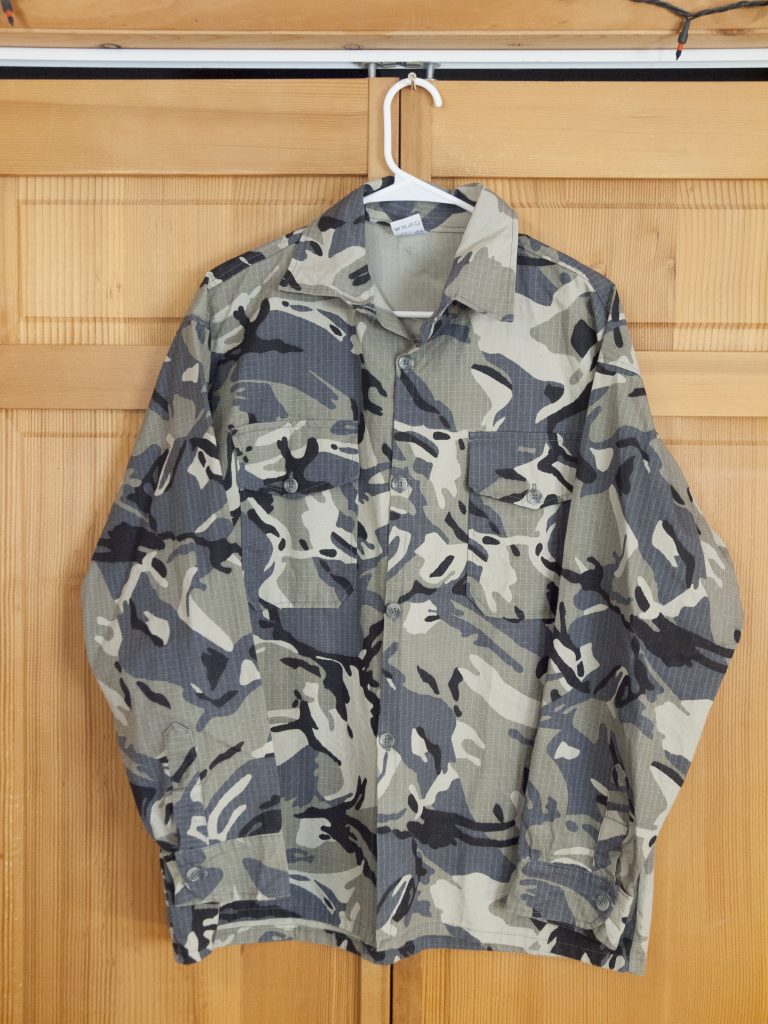
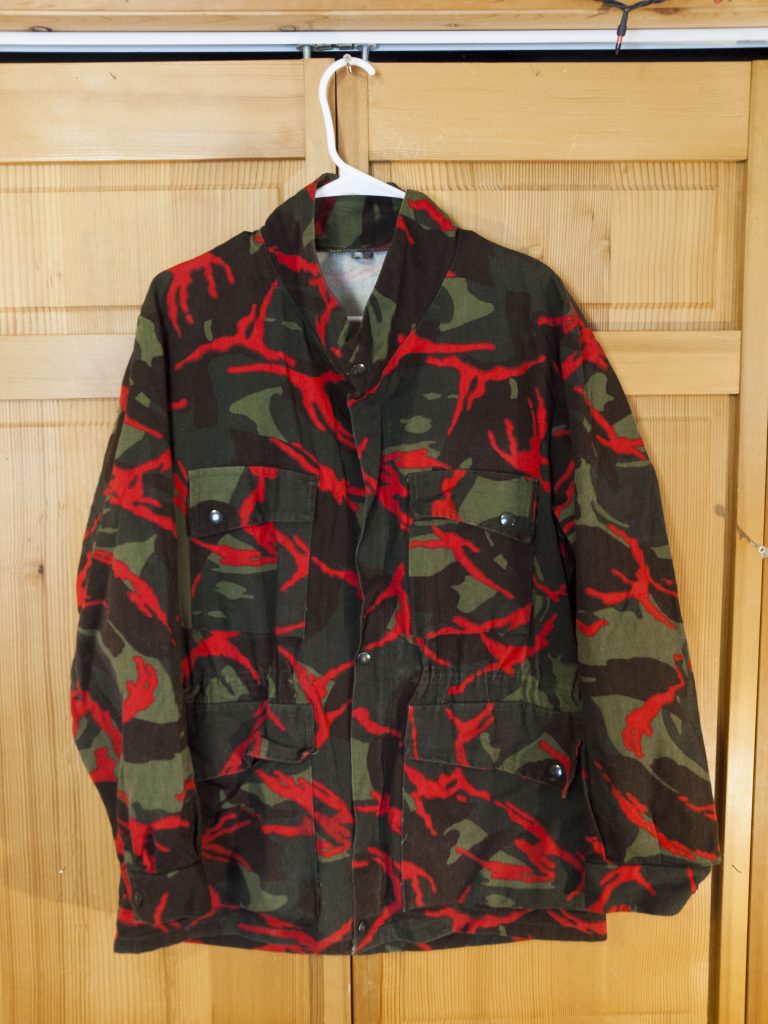
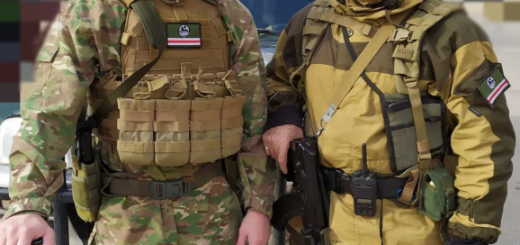
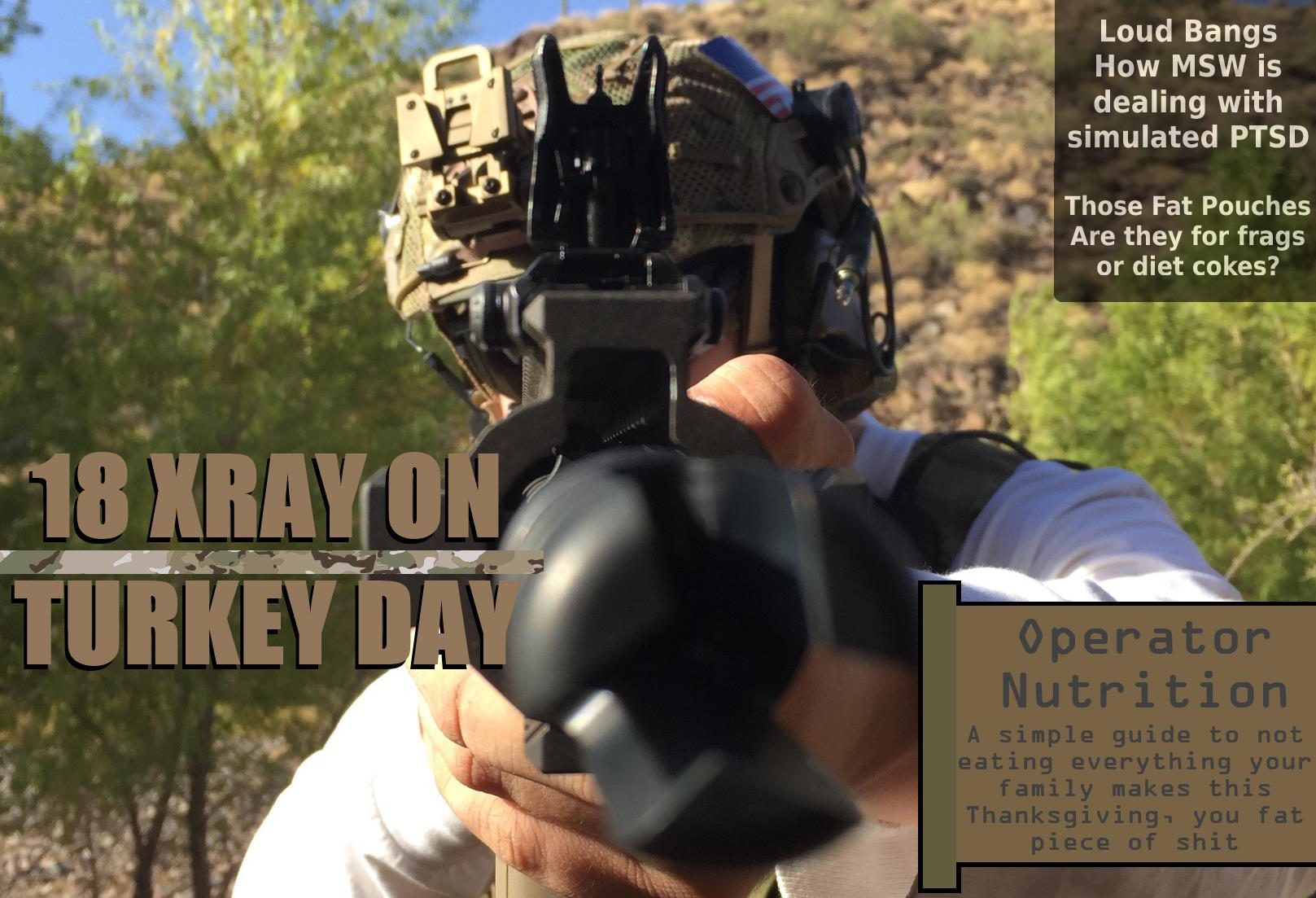
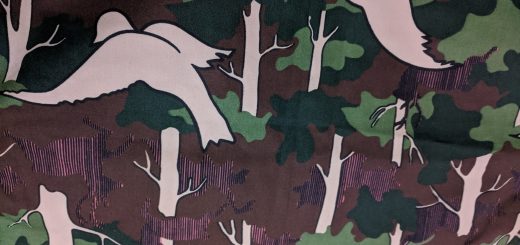


Nice write up guys! Interesting to hear the Canadian DPM has inverted area ratios.
Hint & tip: for pattern comparisons rather photograph the back panel of the shirt/jacket as the pattern appearance can be compromised by cmt differences between uniforms.
Also include a size reference in each photo and maybe a colorchart, as the chart blocks are scale references themselves.
Now, any chance for a woodland / lizard write up?
Well done. 🙂
Thanks.
You forgot the Philippines National Police DPM-Purple variant. It featured a lavender backdrop (which appears a light purple in direct sunlight and appears as a more subdued blue in lower light levels) with brick red, dark grey-brown and navy blue.
Sorry, but you’ve made the classic mistake of confusing the British “Pattern” designation with the type of DPM. The “pattern” is the cut of the uniform, not the type of DPM – with 68 pattern clothing alone you see an absolutely vast variety of colourways, patterns with/without dots, with/without edge bleed, density of the pattern, green dominance, brown dominance and so on.